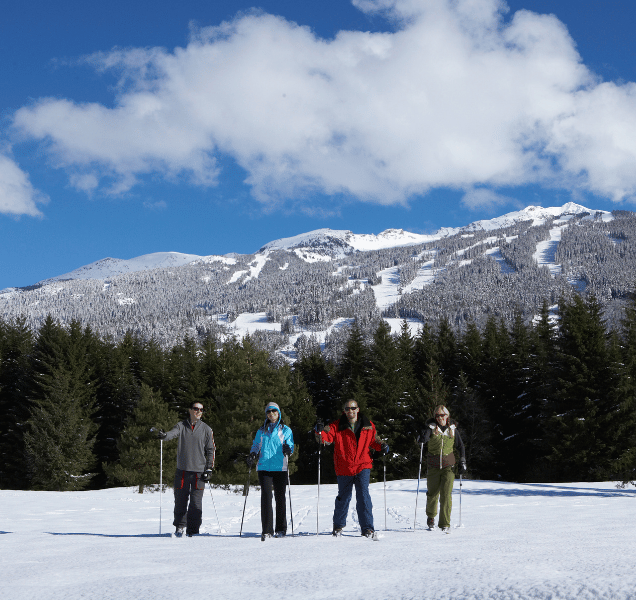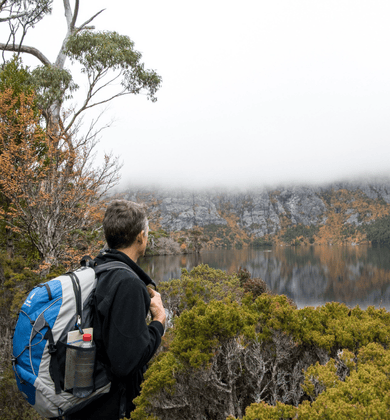
Leave No Trace when RVing:
The Ultimate Guide
We are happy to provide Guests with some helpful tips to keep the environment safe and the wild areas beautiful for years ahead. When following these guidelines, your RV trips have a positive and clean impact.
Key Highlights
• Learn responsibility: Discover the "Leave No Trace" rules. These help reduce the impact we have on the environment.
• Travel sustainably: Get tips on using durable surfaces. Plan routes carefully to protect nature.
• Manage waste wisely: Follow advice on how to dispose of waste. This helps keep campgrounds and natural areas beautiful. • Respect wildlife: Learn the best ways to watch animals. This helps to keep their homes safe.
• Prepare for the future: Make sure natural spaces stay clean and beautiful for future generations.
• Tailored suggestions for RVers: Find useful tips on how RV trips can follow these principles.
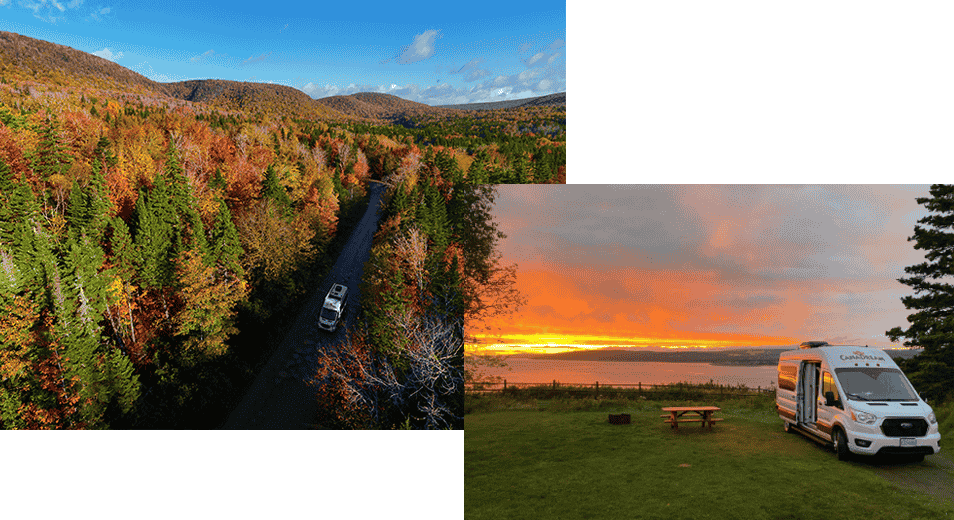
Enjoy wilderness areas and leave them as you found them
What is the Idea of Leave No Trace?
The "Leave No Trace" idea started because of growing damage to the environment in popular natural areas. The main point is clear: we should behave responsibly so the wilderness stays as clean as it was when we got there.
This belief motivates outdoor lovers, like hikers, backpackers, and campers, to think about how their choices can protect wildlife, local vegetation, and natural habitats. By following these rules, we not only take care of the Earth but also help keep its beauty for the future. As RVing becomes more popular, using these principles in different situations enables us to enjoy RVing while being responsible, wherever we go.
The Basic Principles Behind Leave No Trace
The principles of Leave No Trace help outdoor lovers protect the environment. These principles are not fixed rules but flexible tips for making good choices in nature.
One key part of these principles is preparing and planning. This means knowing the local rules, weather, and the area you want to visit. This approach allows you to safely and responsibly enjoy the outdoors.
Leave No Trace also stresses the importance of respecting wildlife, using durable surfaces, throwing waste away properly, and not harming plants or rivers - all simple actions to help keep delicate ecosystems healthy and safe.
Each of the seven principles of Leave No Trace helps us live peacefully with nature, whether you are on a quiet trail or in a busy campground.
Importance of Following Leave No Trace when RVing
RVing combines modern travel with the peace of nature. But as more campers visit beautiful national parks and wilderness areas, it’s increasingly important to follow Leave No Trace principles. Too many people, and bad behaviour, can hurt ecosystems, use up natural resources, and harm wildlife.
RVers should understand how their RV impacts the environment. Every choice, from where to park to how to handle waste, matters. Protecting national parks and other natural areas helps keep their beauty safe from bad practices.
By adopting simple habits, like sticking to approved paths and campsites, RVers can reduce their impact. Respecting these principles allows us to enjoy nature without harming it for others. This way, RV trips can remain a good vacation option for campers in the future.
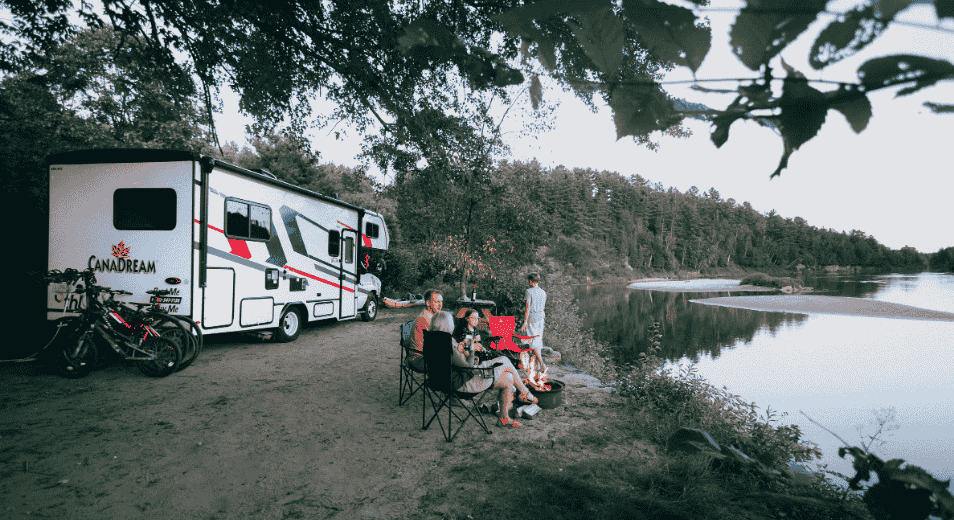
Respect the Environment
Preparing for a Leave No Trace RV Trip
Preparing for your next RV adventure means more than just packing the basics. It starts with careful planning using Leave No Trace principles. Check campgrounds closely to confirm they support eco-friendly practices and provide places for proper waste disposal.
Also, look at weather forecasts, road conditions, and local rules when picking your route and what to pack. This way, you will be ready to enjoy the natural areas you want to visit without harming the environment.
Selecting the Right Gear and Supplies
Choosing gear that helps the environment shows your commitment to Leave No Trace. Focus on items that allow you to travel sustainably in your RV.
• Durable surfaces, like reusable tarps, can protect the ground under your equipment.
• Using navigation tools like an RV-specific GPS or a reliable compass can help you stick to the right paths. This keeps you from disturbing fragile ecosystems.
• Having a complete toolkit ready stops you from needing to fix things last minute, which can harm natural areas.
• Packing smart helps cut down on waste. Choose reusable containers for food, water, and personal hygiene items.
These choices not only help lessen your impact on the environment but also set a standard for enjoying nature in a responsible way. With proper preparation, you can improve your outdoor time without hurting the wilderness.
Planning Your Route and Campsites
Efficient route planning is important to follow Leave No Trace principles. Start by picking campgrounds that focus on sustainability. An authorized campsite usually has durable surfaces, like gravel. This gives you a solid base and keeps the natural vegetation safe.
Make sure your selected spots are accessible. Some areas might be off-limits to prevent damage to the environment. Think about your RV’s size when planning your route to avoid hurting delicate landscapes or damaging nearby vegetation.
Look at the layout of campgrounds. Some focus on reducing environmental harm while still providing comfort. Every careful choice you make helps ensure a good RV experience and protects the places you visit. Thoughtful planning lets you enjoy your campsite without hurting its natural beauty.
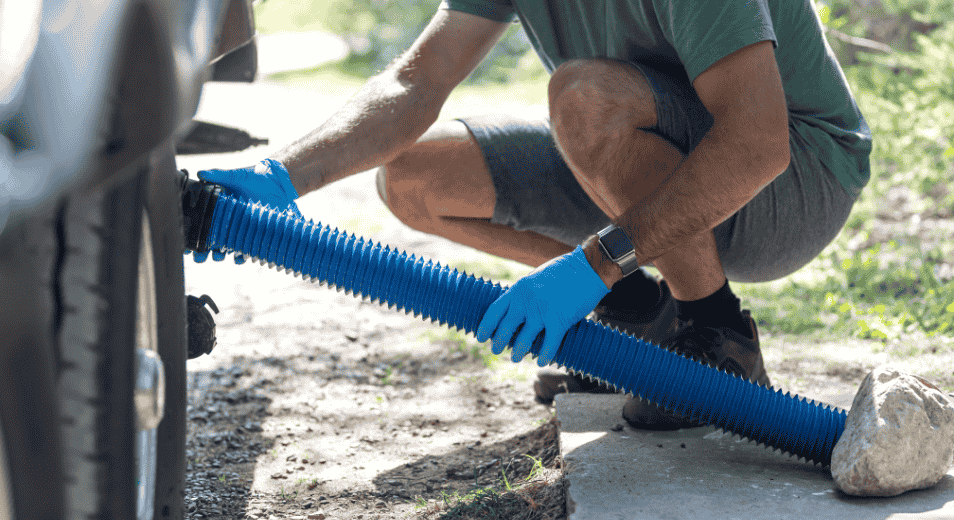
Only empty your waste tanks at authorized waste stations
Adhering to Leave No Trace While on the Road in an RV
Respecting the environment on your RV trip is more than just what you do at the campsite. The way you drive can also affect nature. Pay attention to road surfaces. This is especially important when you drive on dirt or gravel paths.
When parking your RV, choose stable and strong areas. This helps avoid damaging delicate land. Always change your speed and route to fit the local conditions. This way, you can cut down on unintentional damage to the environment. Little choices you make while travelling can help keep your impact light.
Driving and Parking with Minimal Environmental Impact
The weight of an RV can create special challenges for the environment. Always stick to formed roads. Do not drive into natural areas. This can cause damage to soil and vegetation.
When you park your RV, be careful. Stay on durable surfaces or in designated camping spots. Compacting the soil can stop plants from growing and may harm nearby waterways. Also, make sure your RV is stable. This can help prevent leaks or spills that might cause problems.
Finally, use paper maps or your GPS. This will help you find the best paths and places to stop. By driving and parking carefully, RVers can help protect the landscape and follow Leave No Trace principles.
Managing Waste Efficiently During Your Journey
Managing waste while traveling is important for protecting the environment. RVers need to think ahead and take care of waste like toilet paper, food scraps, and human waste. Always use the proper waste disposal systems at campgrounds to empty blackwater, graywater, and trash safely.
If these facilities are not available, find authorized dump stations and never use public lands as makeshift places. Biodegradable items, including fruit peels, can harm local ecosystems, so bring back everything you take with you. Also, use existing fire rings for waste like burnt wood, but don’t leave trash in them.
Lastly, try to have a “zero waste” approach. Use reusable dishware and bring biodegradable cleaning products when you can. Using good waste management practices helps make sure your RV trip doesn't harm natural areas.
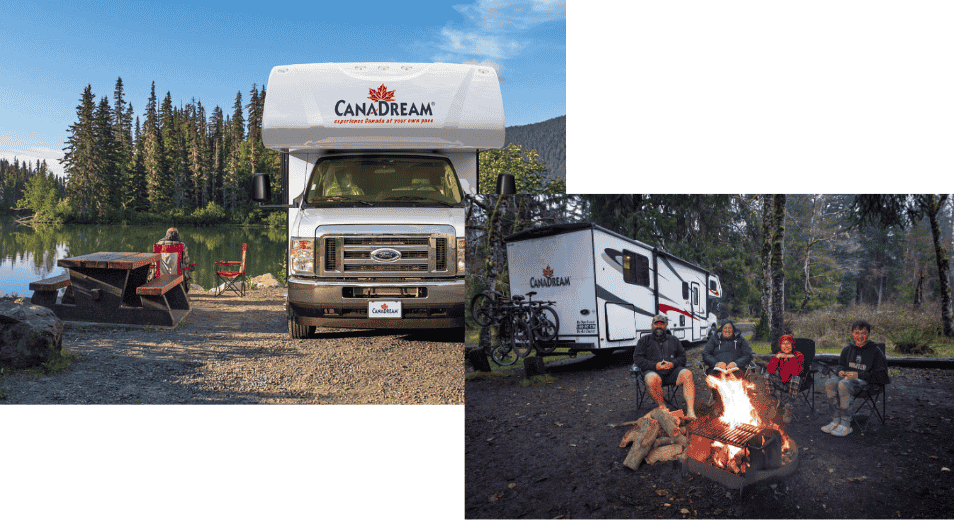
Setting Up a Sustainable Campsite
Creating a sustainable campsite is about keeping things simple and being aware of our impact. Make sure your RV or camping setup is on strong, durable surfaces. This helps avoid damage to plants and vegetation. Use eco-friendly choices, like efficient energy sources for lights or small devices.
Small actions, like keeping things tidy and using fire rings that are already there, help reduce waste and keep the land safe. By adhering to Leave No Trace principles, your campsite can show a good balance between fun and caring for nature.
Choosing Durable Surfaces for Camping and Campfire Consideration
The base of your campsite should focus on taking care of the land. Use strong surfaces like gravel, dead wood areas, or already used hard-packed spots. This helps stop soil erosion and keeps the plants around safe.
If you are going boondocking, pick places that show signs of past camping. This way, you won’t have to make new marks on untouched ground. When you build a campfire, only use the fire rings that are already there. If the site doesn’t have a proper setup, it’s best to skip the fire. If you decide to build a campfire, ensure it is completely extinguished before you leave it unattended to prevent any possibility of forest fires.
By choosing strong outdoor setups, you will make sure your camping follows Leave No Trace principles. Simple and careful choices help protect these areas for everyone.
Tips for Energy Conservation at the Campsite
Using energy wisely at campsites is important for eco-friendly RVing. During the day, take advantage of natural light to save on battery and fuel. For nighttime, LED lights are a great choice because they use less energy. Solar panels are also good, as they can refill your energy supply in a green way.
Make sure to respect the quiet hours at campgrounds. Turn off generators during these times to save energy. When you use a generator, follow safety rules, especially near dry grasses that can catch fire easily. Also, unplug any extra electronic devices that don't need to be on.
Saving energy is not just about costs—it shows you care about camping. By using resources wisely, you can enjoy nature while leaving a smaller impact on the environment.
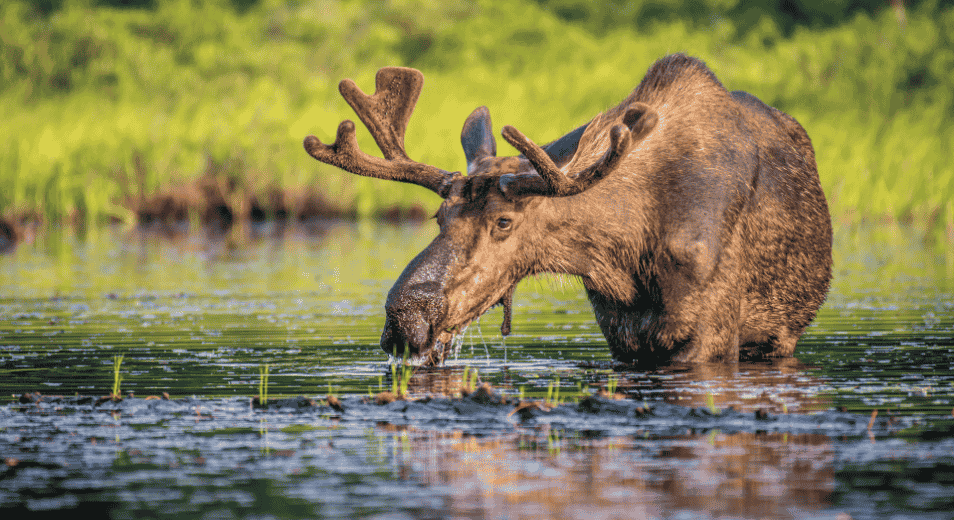
Observe wildlife from a distance. Use binoculars or your camera zoom to see them up close.
Respecting Wildlife
Wildlife observation is an exciting part of outdoor adventures, but it needs careful thinking. Don't feed animals like squirrels. It can mess up their diets because of human contact. Be cautious around plants, like wildflowers, and try not to walk on or damage them.
Keep a respectful distance from animals. Avoid actions that could stress them out or harm their homes. By being responsible, we protect wildlife for future generations.
How to Observe Wildlife Responsibly
Observing wildlife can be an amazing experience if done carefully. Always keep your distance. Use binoculars or cameras to see animals like squirrels or birds better without bothering them.
Human actions like feeding or making loud noises can upset wildlife. This can even lead to animals becoming aggressive. Also, watch over your supplies so wild animals won’t steal your food or belongings. When wildlife behaviour is disturbed, it affects the whole ecosystem, not just what you can see.
Always keep in mind, your presence should not disturb their daily routines. Responsible observation helps keep nature balanced and lets both humans and wildlife live together in peace.
Avoiding Disturbances to Natural Habitats
Respecting nature helps make your RV trips better for the environment. Set up your campsite away from sensitive areas with plants or trenches. Choose strong campsites instead. This keeps ecosystems safe and lowers your impact on nature.
While you're there, stick to the paths, and don’t change anything, like digging holes or taking out plants. Wildflowers, even if they look common, are important to nature.
Small behaviour changes—like staying on trails or not stacking rocks—will keep places safe. Being responsible helps protect these valuable areas.
Conclusion
As an RV Rental company, CanaDream is passionate about preserving the environment for future generations. Leave No Trace principles are important to keep our natural areas clean for everyone. This way, you can enjoy RVing while taking care of the environment. By following simple steps, like reducing impact, choosing the right gear, and handling waste properly, you can start your adventures knowing you are doing the right thing. Every little action matters in caring for our planet. So, as you travel on the open road, let "Leave No Trace" be your guide. This will help you connect with nature and keep it beautiful. CanaDream offers both RV Rentals and RV Sales from seven locations across Canada. Call us to book your next RV vacation and remember to RV with Respect on your travels, and to share your stories and advice with other RV lovers!
Frequently Asked Questions
What are the most crucial Leave No Trace practices?
The seven principles of Leave No Trace are important for RVers, wherever they plan to travel. Key actions include planning and preparation, minimizing campfire impacts, disposing of waste properly, parking on durable surfaces, respecting wildlife, leaving things as you find them and considering others. By following these principles, RVers can dramatically reduce their environmental impact.
How can I manage waste disposal effectively while RVing?
Proper waste disposal while RVing means you should empty blackwater and graywater tanks only at approved dump stations. Do not leave trash in an existing fire ring, and ensure you take with you for later disposal any items that cannot be responsibly discarded.

